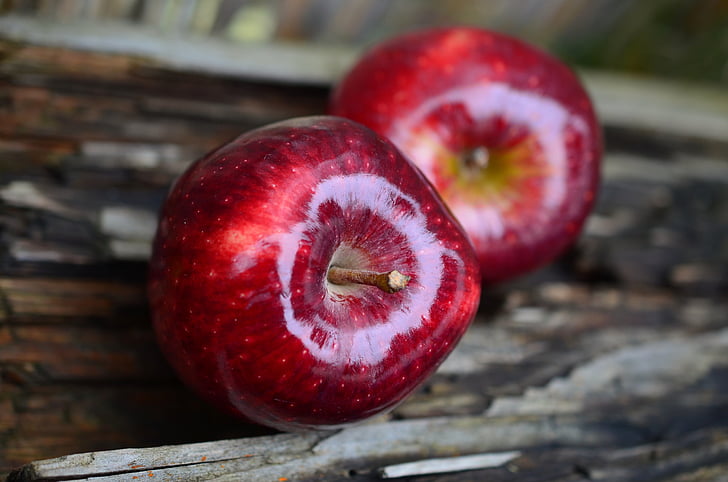
Why The Red Delicious Apple is Anything But
Share
Have you ever taken a bite of a Red Delicious apple and wondered why it doesn't live up to its name? Despite its vibrant red color and appealing appearance, this popular apple variety often disappoints when it comes to taste. Let's explore the reasons behind the lackluster flavor of the Red Delicious apple.
What makes the Red Delicious apple different?
The Red Delicious apple is known for its distinct shape and deep red color. It has a glossy skin and a firm texture, making it visually appealing. However, when it comes to taste, it falls short compared to other apple varieties.
Genetic changes affecting flavor
Over the years, the Red Delicious apple has undergone genetic changes to enhance its appearance and shelf life. These changes have inadvertently affected its flavor. Breeders focused on developing apples that are visually appealing and can withstand long transportation, but flavor took a backseat in the breeding process.
The dominance of sweetness
One of the reasons why the Red Delicious apple lacks flavor is its overwhelming sweetness. The breeders aimed to create an apple that is sweet and juicy, but they went too far in that direction. As a result, the apple became excessively sweet, masking other flavors and nuances that make apples enjoyable to eat.
Loss of acidity and complexity
An apple's flavor profile is influenced by its acidity and complexity. The Red Delicious apple, unfortunately, lacks the balance of acidity that gives other apple varieties their tangy and refreshing taste. This loss of acidity contributes to the blandness of the Red Delicious apple.
Texture matters
While the Red Delicious apple has a firm texture, it can be mealy and lacks the crispness that many apple lovers enjoy. The texture plays a crucial role in the overall eating experience, and the Red Delicious apple falls short in this aspect.
Exploring better apple alternatives
If you're looking for a more flavorful apple, there are plenty of alternatives to the Red Delicious. Consider trying varieties like Honeycrisp, Fuji, or Granny Smith, which offer a balance of sweetness, acidity, and complexity. These apples provide a more satisfying and enjoyable eating experience.
In conclusion, the Red Delicious apple may be visually appealing, but its flavor leaves much to be desired. Genetic changes, excessive sweetness, loss of acidity, and texture issues contribute to its lackluster taste. Exploring other apple varieties can open up a world of flavors and textures that will truly satisfy your taste buds.
